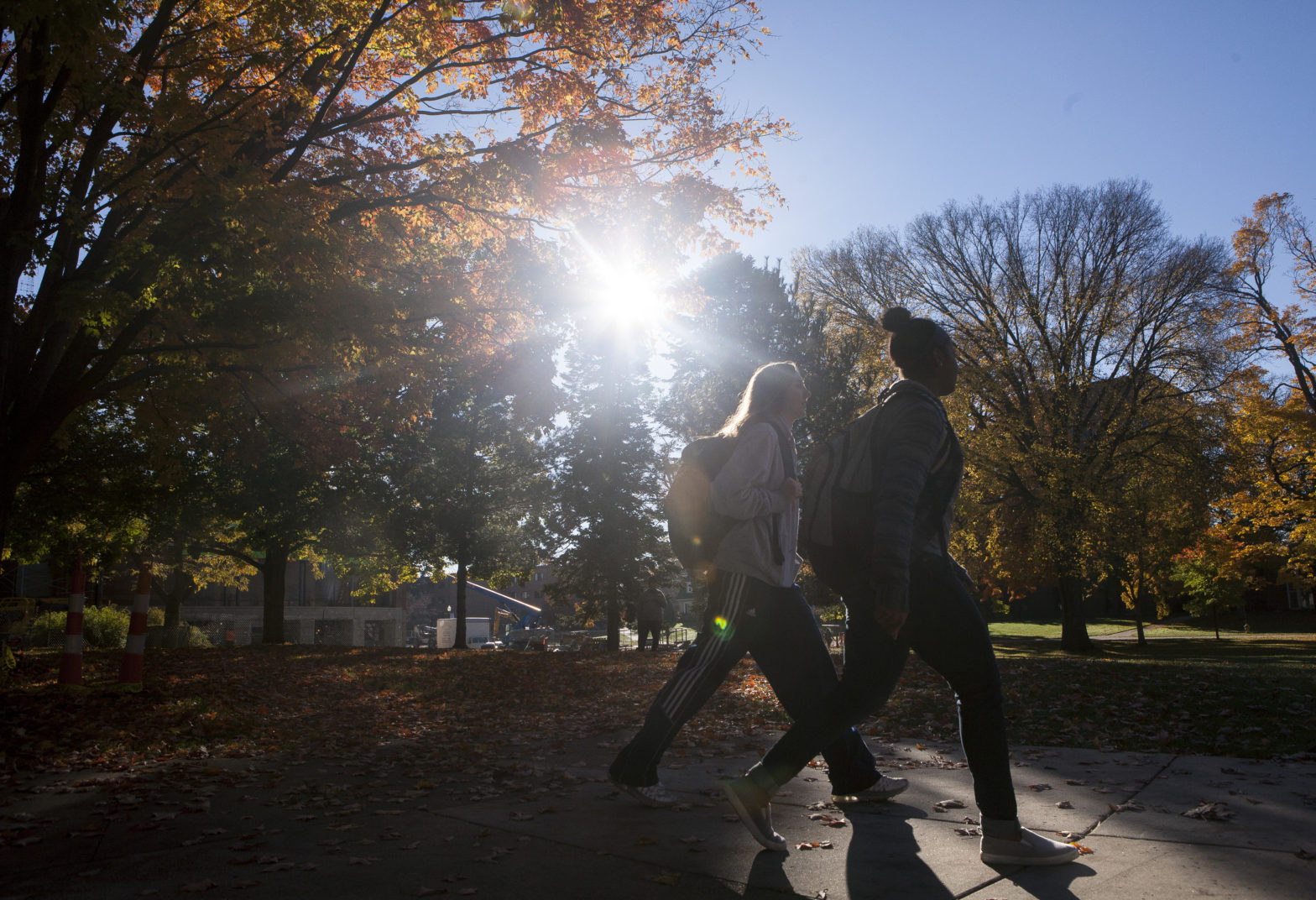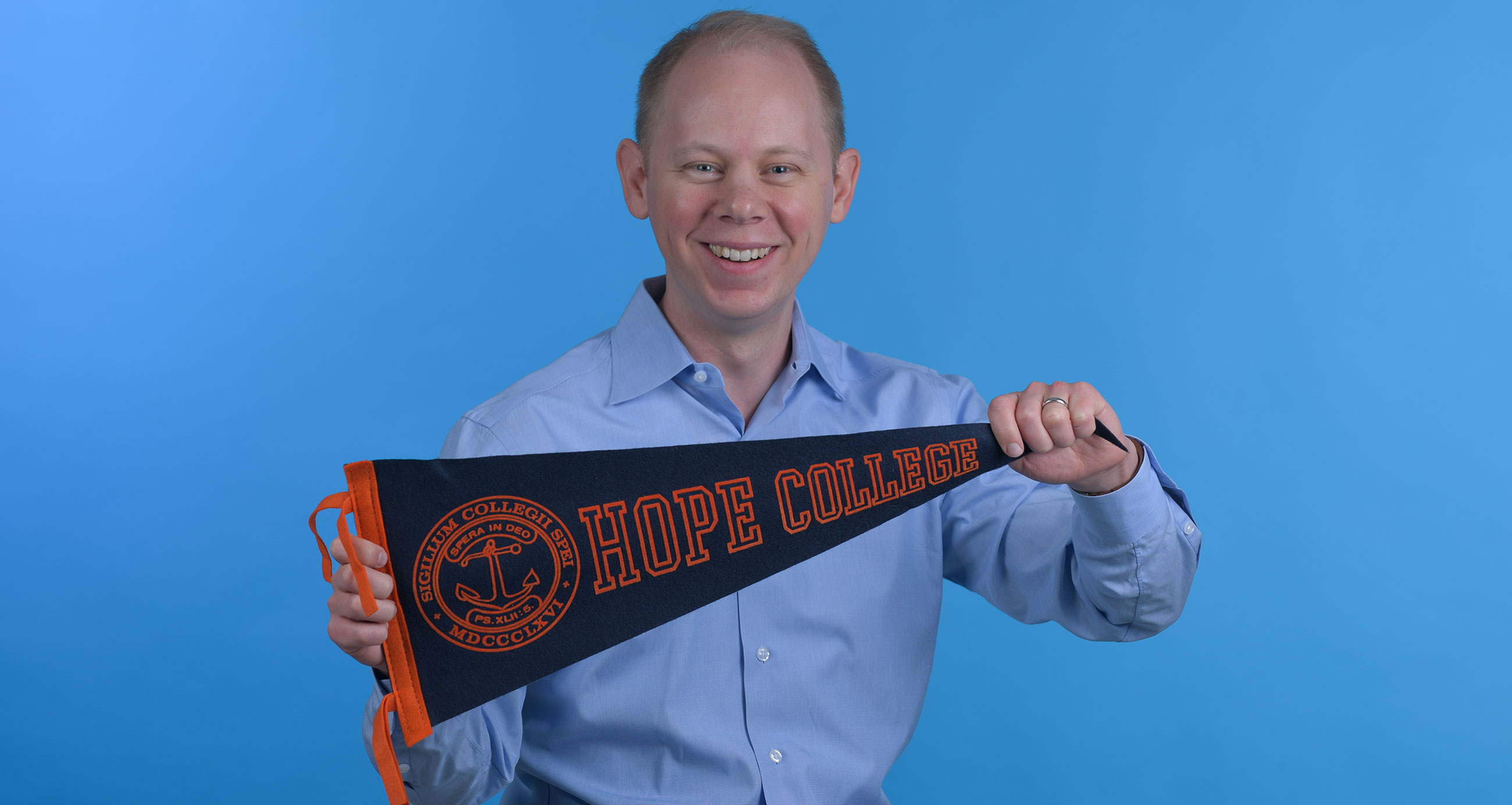Every student who takes Economics 101 learns the concept of supply and demand—specifically, how a decrease in the supply of a good or resource drives up its cost. We see—even today—how labor shortages and international conflict are decreasing supply and thereby increasing the price of everything from energy to food.
Can supply-and-demand theory also explain the rising cost of attending college?
The National Center for Education Statistics notes that the cost of a single year of college (at a four-year private institution) is 24 times higher today ($35,830) than it was when early baby boomers graduated in 1969 ($1,487).
Let’s consider whether this was caused by simple supply and demand challenges:
- Are there too few professors?
- Are universities producing fewer PhD graduates?
- Are too many students trying to squeeze into small-sized classrooms, with no alternative such as distance education?
The answer to each of the questions, of course, is no.
Neither cost-push inflation, nor demand-pull inflation, explains a 24-fold increase in the price of higher education over just two generations.
Neither cost-push inflation, nor demand-pull inflation, explains a 24-fold increase in the price of higher education over just two generations.
WHAT PAID FOR A YEAR OF COLLEGE IN 1969 NOW JUST BUYS BOOKS
The College Board estimates that the annual cost of college textbooks averages $1,240/year. That amount would have paid for an entire year of tuition in 1969.
If supply and demand fail to explain the price increase of higher education, can quality explain it? In other words, if the price of education is 24 times higher, did it get 24 times better?
If we follow the money, we find the answer.
“Follow the money,” is the most well-known line in 1976’s All the President’s Men, which put the Watergate scandal on the silver screen.
“Follow the money” is an exercise worth doing when it comes to pricing higher education. Nationally, only about 30 cents of every dollar of tuition is tied to academic instruction (i.e., faculty compensation, classroom expenses, etc.). If that seems low, it’s because it is low. Most of the tuition dollars don’t actually support classroom instruction.
KEEP FOLLOWING THE MONEY
Lenders are in the business of making money, and it’s important to remember that the U.S. federal government makes money through its Plus student-loan programs. In a country where change is always difficult to effect, reforming government programs that actually produce positive returns remains—unfortunately—unlikely.
The federal government isn’t the only beneficiary, however.
The widespread availability of student loans is what has enabled universities to increase the sticker price of tuition year after year (after year). Essentially, universities exercised free rein to charge whatever they could and, after distributing merit- and need-based aid, simply directed students toward government loan programs to cover the difference.
THE PRICE OF TUITION, ALONG WITH THE PROCESS OF PAYING FOR IT, IS FUNDAMENTALLY BROKEN

The writing is on the wall for higher education: colleges and universities are on the path to losing a generation (or more) of future students due to decades of tuition increases that failed to produce better outcomes.
In a previous piece, I wrote that “what’s at stake is nothing less than the competitiveness of the American economy and the broader American Dream.” What’s also on the line, however, is the continued relevance of a college education.
One spin on a common saying is that “If there’s no solution, there’s no problem.” A real problem exists in the affordability of American colleges, and there ought to be no neutrality in the matter. At Hope College, we started Hope Forward with the goal of changing how students pay for a Hope education. Neither pay-as-you-go nor pay-it-back, Hope Forward aims to fund 100% of a student’s education at Hope College in exchange for giving back to the college after graduation—essentially paying it forward to future students.
With 22 students in our inaugural cohort, Hope Forward aims to eliminate the financial barriers to attending our college, and enable students to choose the major that interests them most rather than the one they expect to deliver the highest returns relative to their investment. Our primary criterion for selection into the program was neither need nor merit, but rather a desire—stated and specific—to make a positive impact. In turn, we believe this desire for transformative impact creates a higher-quality learning environment.
However, the opportunity for transformation change is much bigger than Hope Forward or even Hope College itself. My deeply-held view is that Hope Forward ought not to be “competitive” from the standpoint of winning student enrollments from other institutions. Rather, my hope is that other colleges and universities will follow our model.


 When it came time to select a college, I knew I was going somewhere, but the question I couldn’t answer at that time was how a middle-income family such as my own could afford it. Four years later, I understood—my dad had taken a second mortgage on our home, but even that wasn’t enough. I took on a significant amount of student loan debt in order to graduate from the college I now lead.
When it came time to select a college, I knew I was going somewhere, but the question I couldn’t answer at that time was how a middle-income family such as my own could afford it. Four years later, I understood—my dad had taken a second mortgage on our home, but even that wasn’t enough. I took on a significant amount of student loan debt in order to graduate from the college I now lead.  Enrollments at 4-year institutions have declined 1-2% annually since 2000 (and even higher since the start of the pandemic). The principal reason? Cost—and the inevitable erosion of ROI as the sticker price climbs higher and higher.
Enrollments at 4-year institutions have declined 1-2% annually since 2000 (and even higher since the start of the pandemic). The principal reason? Cost—and the inevitable erosion of ROI as the sticker price climbs higher and higher. 










